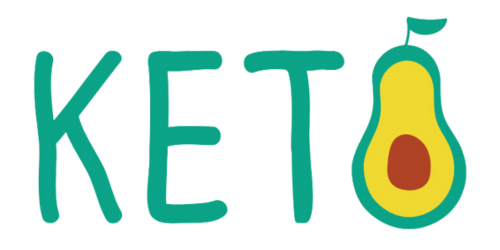The Biggest Loser diet is a 12-week eating and exercise program designed to help people lose weight, get in shape, and eat healthy foods. It combines food and exercise recommendations, motivation, advice, and success stories to help dieters stay on track.
Origin of the biggest loser diet
The Biggest Loser diet was inspired by the 2004-2016 season of the NBC television show The Biggest Loser. Morbidly obese people competed on the show to see who could lose the most weight by the end of the season, often losing more than 100 lb. (45 kg) each. The winner received a $250,000 prize.
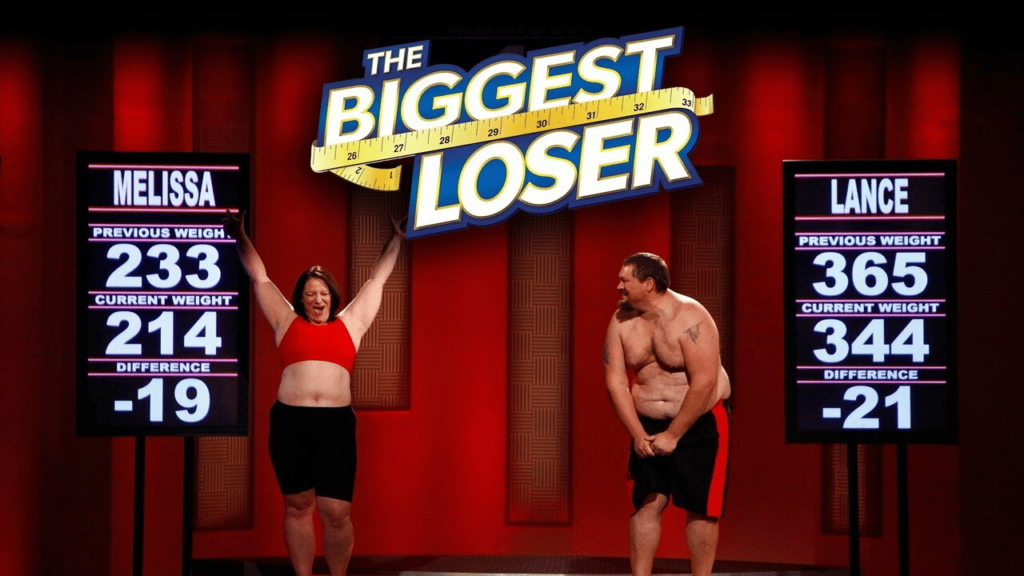
The Biggest Loser quickly became extremely popular, with millions of viewers tuning in for each episode. Despite its origins in the United States, the show was syndicated in over 20 countries, including India, Germany, and Sweden.
The first Biggest Loser diet book, was published in 2005 and more than 14 Biggest Loser books have been released since then, including the Biggest Loser 30-Day Jump Start and various cookbooks.
The Biggest Loser diet program was created by the show’s experts, including Michael Dansinger, MD, an obesity specialist from Tufts University; Cheryl Forberg, RD, a chef, and registered dietitian; and two show trainers, Bob Harper and Jillian Michaels.
Foods to eat and avoid on the biggest loser diet?
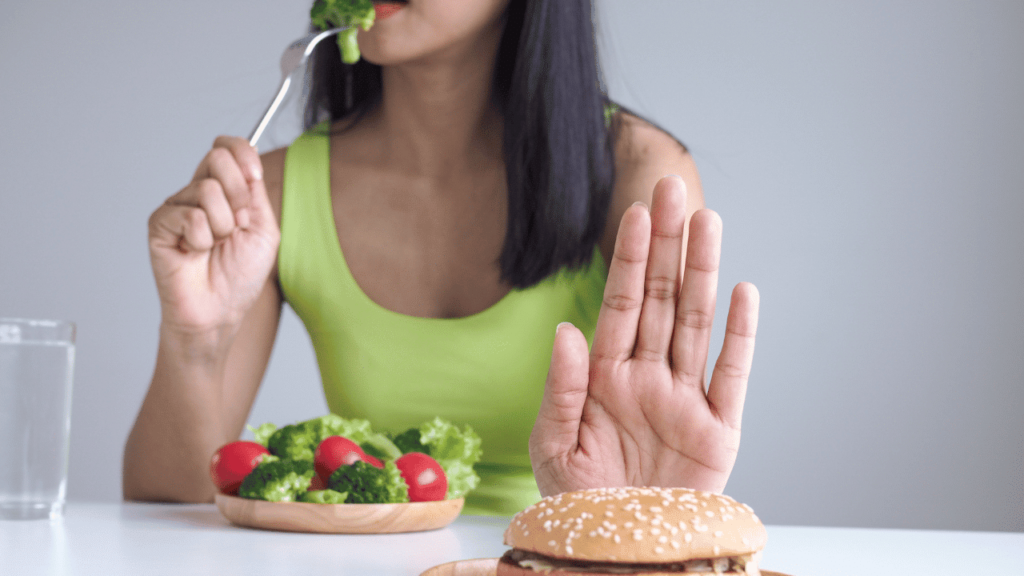
This Biggest Loser diet focuses on a wide variety of fresh and whole foods. Because few, if any, whole foods are prohibited, the plan is adaptable even if you have dietary restrictions.
Most of your plate will consist of fruits, non-starchy vegetables, and minimally processed whole grains. Starchy vegetables like sweet potatoes and squash are only eaten once or twice a week.
All legumes, as well as soy products such as tofu and tempeh, are allowed, Also protien from other sources such as egg whites, low-fat or fat-free dairy products such as milk, nonfat yogurt, and low fat cheese are allowed.
Nuts, seeds, avocados, oils, and other high-fat foods should be limited to 100 calories per day.
The only other restricted foods on a diet are sweets, snack treats, and alcohol, which are limited to 100 calories per day. You’re encouraged to forego these extras and instead devote the 100 calories to nutritious foods.
Some Remarkable Health Benefits of the Biggest Loser Diet
Heart Healthy
A healthy heart may be achieved by following the Biggest Loser diet. Excess triglycerides, bad cholesterol, and blood pressure were all reduced in “The Biggest Loser” competitors who were obese or morbidly obese, while good HDL cholesterol was enhanced.
Diabetes Control
The Biggest Loser is often cited as the best way to avoid developing diabetes and maintain a healthy weight. This diet is intended to help maintain healthy blood sugar levels in people of all ages, not only those with diabetes.
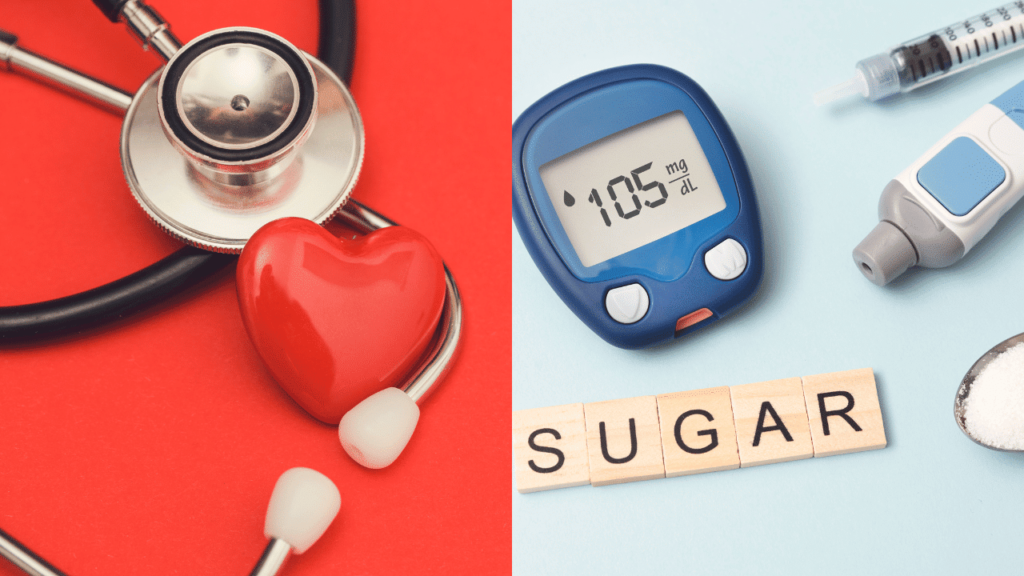
Some Other potential benefits
Some people have found other benefits with The Biggest Loser diet in addition to its weight loss advantages.
First, it has the potential to make you a better eater since it emphasises on complete, nutrient-dense meals while excluding junk food and quick food. Reading food labels, controlling portion sizes, and maintaining a food diary are all emphasised.
Planning your meals and snacks using the Biggest Loser food pyramid might also help you eat healthier. This was confirmed by the researchers for the American population that followed the USDA’s dietary pyramid.
Possibly, it might even help you feel less hungry.
Those who followed a low-calorie diet for 12 weeks reported decreased desires for all meals and less cravings for sweets, carbohydrates, and high-fat foods in particular, according to a meta-analysis of 9 seperate researches.
How much weight loss can a newbie expect on the biggest loser diet?
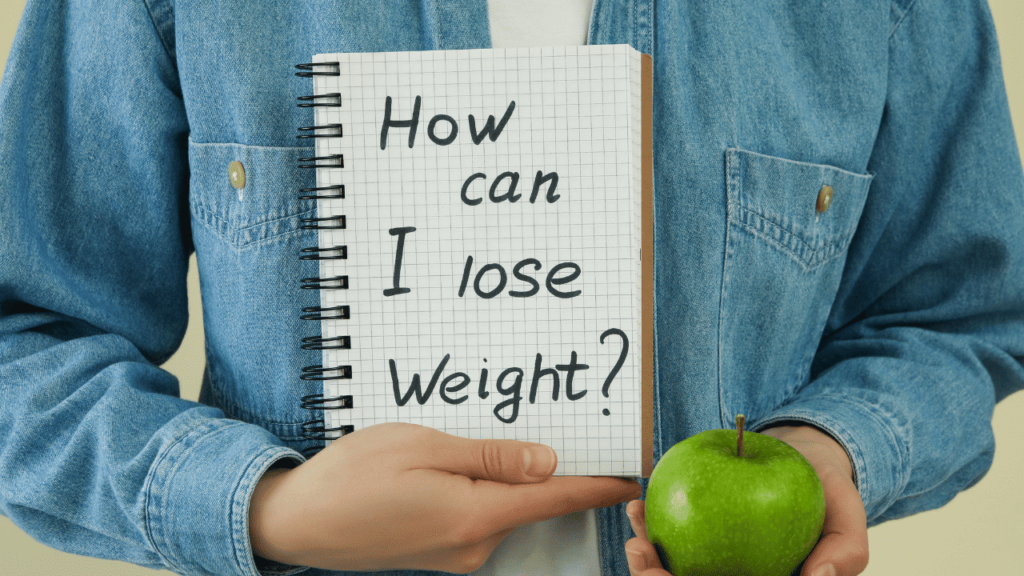
The Biggest Loser diet should help you lose weight because it reduces calorie intake. If you combine it with exercise, you may reap even more benefits.
You should not expect the same results as previous television show participants, who lost an average of 128 pounds (58 kg) over 30 weeks.
They accomplished this by consuming only 1,300 calories daily and engaging in over 3 hours of vigorous exercise per day with a trainer.
Various 10-52 week weight loss studies show that low-calorie diets result in an average weight loss of 22 pounds (9.9 kg) from diet alone. Those who incorporate exercise lose an astounding 29 pounds (13 kg) on average.
The Biggest Loser diet is classified as a moderate or balanced macronutrient diet, which means it is low in protein, fat, and carbohydrates. It closely follows the Institute of Medicine’s Acceptable Macronutrient Distribution Range (AMDR).
Genrally, Low fat and low carb eating patterns result in slightly more weight loss than moderate macronutrient diets, according to a yearlong study of 7,285 people comparing various diets, including the Biggest Loser diet.
The biggest loser diet- An evidence based comprehensive scorecard
Overall score: 3.25 out of 5
Weight loss: 4 out of 5
Healthy eating: 4.5 out of 5
Sustainability: 1 out of 5
Whole body health: 3 out of 5
Nutrition quality: 4 out of 5
Evidence-based: 3 out of 5
How the Biggest Loser Diet compares to other diets
#20 in Best Diets Overall
#4 in Best Fast Weight-Loss Diets
#12 in Best Weight-Loss Diets
#21 in Best Heart-Healthy Diets
#22 in Best Diabetes Diets
#19 in Best Diets for Healthy Eating
#20 in Easiest Diets to Follow
Some Key Benefits you may reap on the Biggest Loser Diet
While the Biggest Loser diet may be too low in calories for some people, it does contain some elements that may improve overall health.
Nutrition
This diet includes all major food groups, and its 4-3-2-1 pyramid may help users switch to a healthier mix daily.
Resources
No special foods are required, and assistance in adhering to this diet is readily available. The Biggest Loser Resort has a recipe and tips website, books, cookbooks, food journals, exercise videos, and fitness equipment for sale.
However, you are not required to use these tools if you do not believe they will benefit you.
Exercise
The requirement for exercise distinguishes this diet from many others. The Biggest Loser books recommend following the diet for six weeks and including exercise plans.
Daily nutrient needs
The Biggest Loser diet excludes no significant foods or food groups. Everything is included, so those on this diet should be able to get the nutrients they require with careful planning (to account for portion size and calorie count).
This includes eating nutrient-dense foods such as whole grains, lean proteins, and vegetables.
May improve body composition
Because the Biggest Loser diet emphasizes protein and includes strength training, it may aid in preserving muscle, which is frequently lost during low-calorie weight-loss diets. Improved body composition may help in preventing health problems and all-cause mortality.
Drawbacks of the Biggest Loser Diet, you need to be aware of

The Biggest Loser diet tends to promote extreme calorie restriction which may cause health risks. As a result, some dietician advice it only under supervision.
Restrictive
Although no food groups are eliminated from the Biggest Loser diet, the limited number of calories and servings of certain food groups each day may make following this diet feel like deprivation. The allowance of 200 calories for “other” foods is relatively small.
Requires strict exercise
While exercise is always a good idea, especially when trying to lose weight, this diet requires it. If you are unable or unwilling to exercise, the Biggest Loser diet is not for you.
May lead to weight regain
The Biggest Loser diet, especially as depicted on the TV show, would be tough to maintain due to its low-calorie levels.The plans outlined in the franchise’s books are also short-term solutions. However, you could start a weight-loss program with the Biggest Loser diet and then modify it (by increasing calories and fat) to make it a longer-term option.
Restricted calories and fat
Some Biggest Loser diet menus contain only 1100 calories daily, with fat accounting for only 12% to 16% of those calories. Both figures are probably too low to be healthy or sustainable, especially if you start with many exercises.
Lowered metabolism
When you lose weight, your body requires fewer calories than it did when you were at your previous weight. To maintain your weight, you must become accustomed to eating less. Sometimes, it’s easy to relapse and regain that weight, especially if you lose weight quickly (which is the goal of this diet).
Conclusion
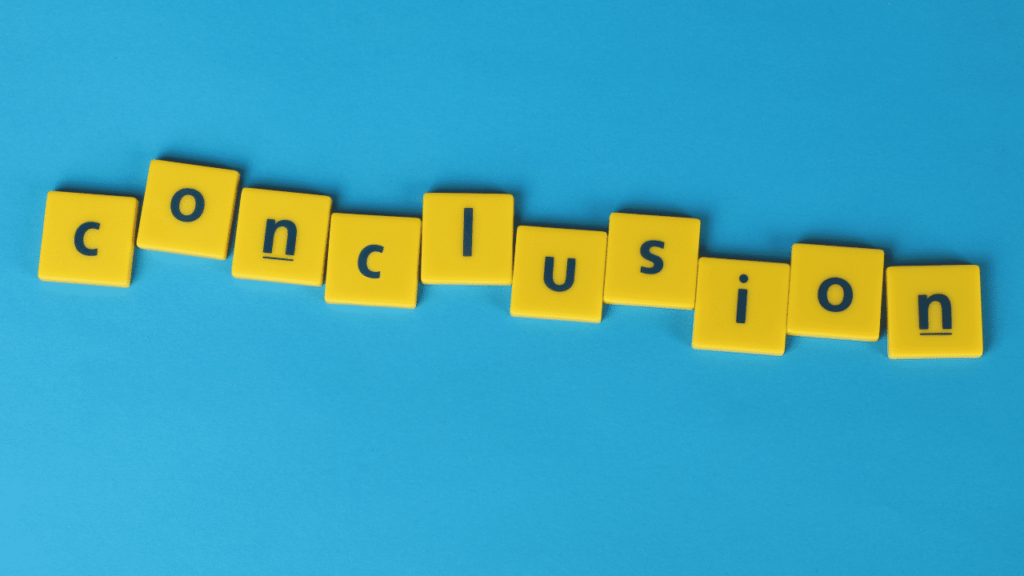
As seen on the popular TV program of the same name, the Biggest Loser diet is a low-calorie eating plan.
It has been demonstrated to promote weight reduction by focusing meal planning, calorie tracking, and portion management. Fruits, vegetables, and whole grains that are rich in fiber are combined with lean proteins and a moderate amount of healthy fat to create its meals.
